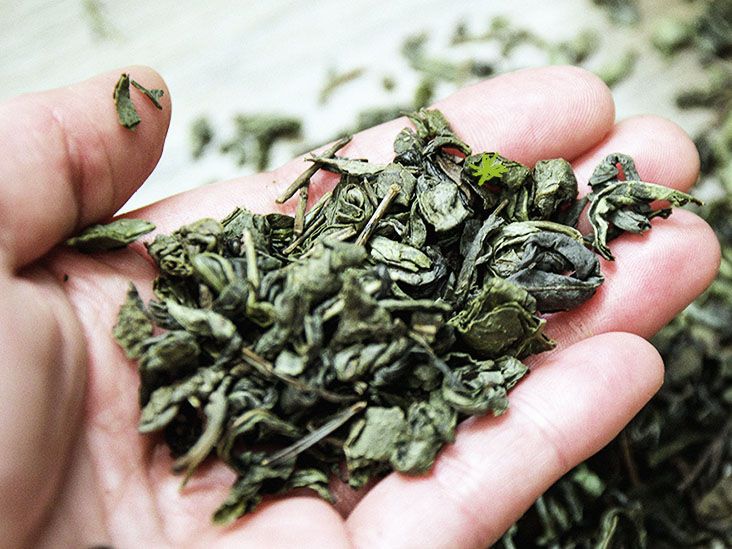Properly Pronouncing Tinea Versicolor
Tinea versicolor is a common fungal skin infection that causes discolored patches to appear on the body. Learning how to correctly pronounce its name helps convey the condition accurately when discussing it with doctors or friends.
Breaking Down the Full Name
The full scientific name for this skin disorder is "tinea versicolor." It contains two main words that each contribute to the overall pronunciation:
Tinea
The first part of the name, "tinea," is pronounced TIN-ee-uh. It's a Greek word that refers to fungal skin infections.
Versicolor
The second portion is the Latin term "versicolor." It's pronounced ver-SIH-cuh-lor. This means "varying color" and indicates the patchy, discolored nature of the rash.
Putting It Together
When you combine the two main words that make up this condition, the generally accepted pronunciation is:
Tin-ee-uh ver-SIH-cuh-lor
Saying the full scientific name fluidly helps communicate this sometimes tricky term effectively!
Understanding Tinea Versicolor
With the name properly broken down, it helps to understand what tinea versicolor actually is. This skin disorder results from an overgrowth of yeast naturally found on everyone's bodies.
Causes
The malassezia yeast responsible normally lives harmlessly on skin. But certain factors allow it to multiply out of control, resulting in discolored patches from inflammatory response:
- Excess sweating
- Oily skin
- Warm, humid climates
- Hormonal changes
- Weakened immune system
Symptoms
Tinea versicolor manifests as rough, scaly patches of skin that can be:
- Pink, red, brown or tan
- Lighter or darker than surrounding skin
- Itchy, non-itchy, or mildly itchy
Patches usually appear on the chest, back, shoulders, neck and arms where oil glands are most active. The rash rarely spreads to the face or hands.
Diagnosis & Treatment
To diagnose, doctors examine skin appearance and may scrape off samples to view under a microscope. Once confirmed, common tinea versicolor treatments include:
- Antifungal creams, oils, shampoos containing ketoconazole
- Antifungal pills like fluconazole
- Topical selenium sulfide
- Careful attention to hygiene
While not considered serious, this stubborn rash often returns without proper management. Let's look closer at why pronunciation matters.
The Importance of Pronunciation
Learning to pronounce tinea versicolor correctly enables clearer communication with medical professionals to ensure proper diagnosis and treatment. It also helps in educating others about this common infection. Consider the following examples:
Avoiding Misdiagnosis
Trying to describe symptoms of rough, unusually colored skin patches to a doctor can bring many conditions to mind. But using the precise scientific name eliminates doubt about the specific ailment.
For instance, properly pronouncing "tinea versicolor" leaves little room for confusion with other diagnoses like vitiligo or psoriasis that share some visual similarities.
Following Treatment Plans
Understanding pronunciation also helps patients adhere to antifungal treatment regimens. For example, saying "ketoconazole" properly when getting prescriptions filled ensures you receive the correct medication.
Educating Others
Furthermore, correct pronunciation allows for clear public health education. The better general society understands this stubborn, uncomfortable rash, the more awareness and support for those experiencing it.
So take the time to practice saying "tinea versicolor" aloud - it makes a difference!
The Condition's Connection to Other Fungal Infections
Learning about tinea versicolor pronunciation also provides insight into similar fungal skin conditions that fall under the "tinea" category:
Tinea Pedis
Tinea pedis refers to athletes foot, causing itchy, cracked skin between the toes. Pronounced TIN-ee-uh PED-iss.
Tinea Cruris
Tinea cruris affects the groin area resulting in the common "jock itch." Say it as TIN-ee-uh CROO-riss.
Tinea Corporis
Tinea corporis is known as ringworm when circular fungal lesions appear on main body areas. Say TIN-ee-uh KOR-po-riss.
Knowing the shared tinea pronunciation prefix helps connect this entire subclass of fungal skin infections.
Summarizing Correct Pronunciation
Getting familiar with properly saying names like tinea versicolor improves discussions with doctors, ensures appropriate treatment and enables teaching others.
Breaking the scientific name down into "TIN-ee-uh ver-SIH-cuh-lor" takes practice but prevents confusion surrounding this common skin disorder characterized by distinct patches.
Listen closely next time you hear it mentioned - now you can confidently join the conversation!
Disclaimer: This article is for informational purposes only and does not constitute medical advice. Always consult with a healthcare professional before starting any new treatment regimen.
Related Coverage
Get clarity on properly pronouncing ...
Opzelura is the first FDA-approved topical cream for restoring skin pigment in vitiligo patients. Learn about using Opzelura, expected results, side effects, and costs....
Vitiligo herbal remedies: benefits, safety tips, and how they complement conventional treatments for clearer skin....
Tattoo ink fading and white spots happen, but can be prevented. Learn what causes tattoo fading, vitiligo spots, and the best methods to fix, cover, or embrace tattoo ink diffusion....
Segmental pigmentation disorder, also called vitiligo, is an autoimmune skin condition causing white patches from melanocyte destruction. Learn about vitiligo causes, diagnosis, treatments, prevention, and outlook....
Learn about the vitiligo hearing loss link, common symptoms, how doctors test it, and practical steps to manage hearing changes....
Find out the Opzelura side effects you may experience, how to soothe mild irritation, and signs that need urgent medical attention....
Learn how to buy ruxolitinib Opzelura cream online to treat vitiligo patches. Understand treatment options, getting a prescription, using insurance, costs, and applying properly....
Vitiligo affects Asians physically and emotionally at all ages. Learn about types, treatments and lifestyle adjustments to manage vitiligo from childhood through adulthood....
Learn the correct pronunciation for the fungal skin condition tinea versicolor. Breaking down the scientific name into tin-ee-uh ver-sih-cuh-lor prevents confusion and misdiagnosis....





